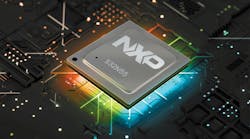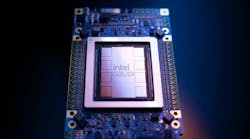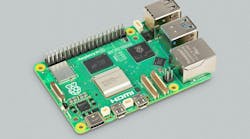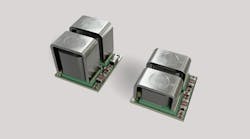Most engineers consider the Internet of Things (IoT) as a collection of short-range wireless technologies that connect devices to the internet for some useful purpose. And most current IoT applications seem to fall into that category. However, that mindset is changing.
Many wireless standards are limited by their range, which is problematic for a number of useful applications that require much longer paths. To overcome that hurdle, a collection of newer longer-range wireless technologies have emerged. Called low-power wide-area networks (LPWANs), these links fill the gap between traditional short-range technologies and the more costly M2M alternatives (see table).
What is Long Range?
There’s no formal definition for long range, but today’s most popular technologies have essentially set its parameters in place. One prominent maximum range is 10-30 meters. Bluetooth, ZigBee, and 802.15.4-based technologies use this figure as a guideline, but longer ranges are also possible under favorable conditions. Wi-Fi is said to have a maximum usable range of 100 meters, but it’s typically less than that. Even shorter ranges from standards like IrDA, NFC, and RFID max out at a foot or so.








